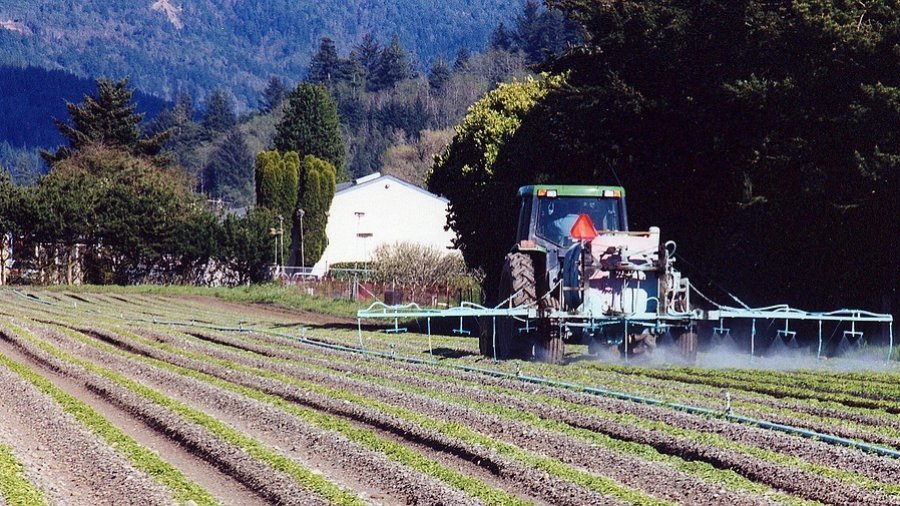The Sustainable Technology & Policy Program at UCLA recently released a report that shows a combination of three commonly used, carcinogenic fumigants — two of which, metam sodium and 1,3-dichloropropene, are used in high concentrations on the Smith River Plain — “can interact to synergistically (to) increase the toxicity to humans.” What that means is that the whole carcinogenicity is greater than the sum of the carcinogenic parts.
On the Smith River Plain, surrounding the Smith River estuary and the town of Smith River, Easter lily growers use more metam sodium and 1,3-dichloropropene, measured in pounds-per-acre, than occurs anywhere else in California, which is really saying something.
To read a synopsis of the report click here.


